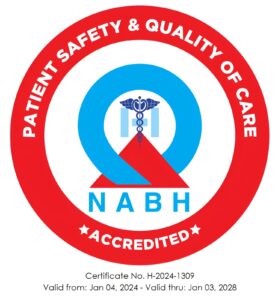
Email : [email protected] | Phone : +91 99622 29940

In this case, both the elements of costing are used; this is also termed a hybrid system. Both these processes can be used in manual and computerized accounting systems. As job and process costing is used in different industries, there cannot be any comparison between them. Although the methods are different, the main difference can be that job costing requires a higher degree of supervision, but process costing does not need so. In turn, this also allows them to have an accurate expectation of profits.

In process costing, costs get assigned to unfinished goods at the beginning or end of an accounting period based on calculations of equivalent units. Since the cost of unfinished goods can fluctuate, for instance with changes in raw materials costs, it’s important to ensure equivalent units are still equivalent in cost. If not, you end up over or underpricing, either of which can hurt the company’s bottom line.
In contrast, period costs are not directly related to the production process and are expensed during the period in which they are incurred. This approach matches administrative and other expenses shown on the income statement in the same period in which the company earns income. For example, assume that a homeowner wants to have a custom deck added to her home. Also assume that in order to fit her lot’s topography and her anticipated uses for the addition, she needs a uniquely designed deck. Her contractor will design the deck, price the necessary components (in this case, the direct materials, direct labor, and overhead), and construct it. In this chapter, you will also learn the terminology used to track costs within the job order cost system and how to segregate and aggregate these costs to determine the costs of production in a job order costing environment.
For example, in the case of a mass-produced clothing item, such as jeans, a company like Levi’s will track costs for a batch of jeans rather than for a pair of jeans. Levi’s had over \(\$4.9\) billion in revenue in 2017 generated from the many different styles and brands of clothing items they produce and sell. It would be difficult, and not cost effective, to track the cost of each individual clothing cost driver know the significance of cost drivers in cost accounting item; rather, it is more efficient to track the costs in each phase of the clothing-making process. Levi’s can then accumulate the costs of the phases of production to determine the total cost of production for a batch and allocate those costs over the number of pairs of jeans made. The accounting emphasis is in keeping records for the individual departments, which is useful for large batches or runs.
Rather than track costs for each individual 2-liter bottle, they assign an average cost per bottle produced based on overall expenses in that process area. Job order costing provides an accurate assessment of costs and profits across different jobs. It is one of the main job order costing examples used in specialized or custom manufacturing.
A final consideration is the FIFO system – if you are dealing with a goods oriented manufacturing or sales industry, you are likely already familiar with the idea of ‘first in, first out’. Using this method can help to reduce the chances of your stock becoming obsolete as you ensure that the oldest units of stock are being sold first. But it can be hard to implement and a little more complicated that just working outa weighted or standard average cost per unit and applying that.
Job order costing and process costing are two distinct cost accounting methods that companies use to allocate and determine the cost of production. Job order costing is employed for customized products or services where costs are tracked per job. Process costing is used for standardized or mass-produced items, with costs accumulated per production process or department.
Job order costing is commonly used in industries such as construction, custom manufacturing, printing, and professional services. In these industries production is customized and tailored to each customer’s needs. A method that calculates the cost of every ‘project; is termed Process Costing. The process can be defined as a separate stage where the raw material is converted to another form.
It is suitable for industries such as construction, custom manufacturing, and professional services. Direct materials, direct labor, and overhead costs are tracked and allocated to specific jobs. Having an accurate understanding of your business costs is incredibly important in creating a profitable and successful endeavor.
Crude oil is continuously fed through various refining processes to produce outputs like gasoline, diesel, heating oil, etc. Refineries aggregate total costs like crude oil, energy, labor, maintenance and allocate them evenly across production runs to determine average per unit costs. This allows them to value their inventory and set competitive fuel prices. You’ll also learn the concepts of conversion costs and equivalent units of production and how to use these for calculating the unit and total cost of items produced using a process costing system.